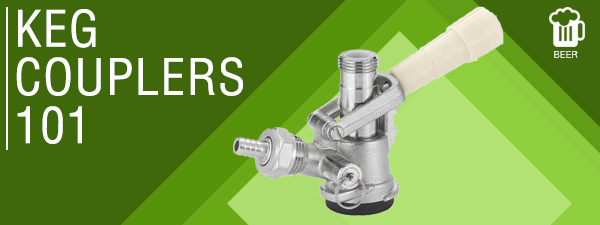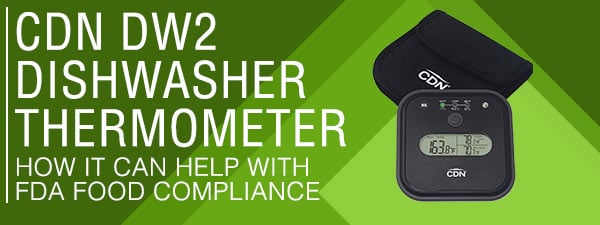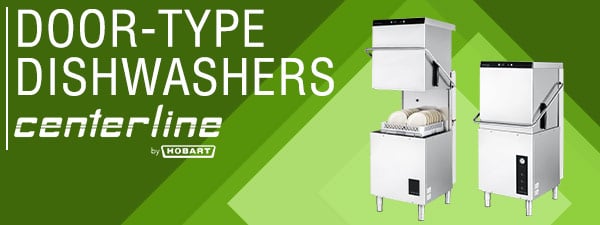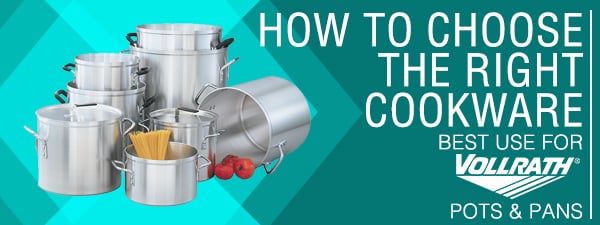Gas Regulators & Distributors 101
- Aug 3, 2020
- 0 Comments

What is a Gas Regulator?
The simplified explanation of a regulator would describe it as a beer dispensing system component that is used to regulate the amount of gas that passes through your keg and pushes your beer to the faucet.
However, this description doesn't account for all the different kinds of regulators – you see, one size doesn’t fit all. There are primary regulators – further divided into CO2, nitrogen, single, dual, etc. – and secondary regulators.
Each type of regulator plays a unique role in a beer dispensing system, so to help you decide what kind of regulator you’ll need, more information on each is below.
Primary Regulators
Primary regulators connect directly to your gas tank and have an output pressure gauge that measures the pressure you are using to dispense your beer in PSI (pounds per square inch). The standard gauge has a range of 0 to 60 PSI.
It’s important to make sure your regulator has both a shut-off valve and an internal relief valve. The shut-off valve does as the name implies and quickly shuts off the flow of gas. The internal relief valve prevents potentially dangerous pressure build-up.
While most primary regulators are designed to dispense one product, we also offer a two-product primary regulator, perfect for situations where you are dispensing two kegs that require the same amount of pressure.
CO2 vs Nitrogen Regulators
The kind of gas your beer dispensing system will use depends on the beer you want to pour. The regulator, in turn, depends on the kind of gas you need. For straight CO2 and mixed gas systems, you need a CO2 regulator. For nitrogen systems, you need a nitrogen regulator.
You cannot use the same regulator to dispense both kinds of gas. Each regulator is compatible with its own type of beer dispensing system – the nitrogen regulators, for example, are left-hand threaded, so they cannot be attached to a CO2 system.
Nitrogen regulators are also typically designed to handle a higher pressure than CO2 regulators, as nitrogen is a lighter and smaller gas molecule, so it takes more of them to move your beer.
However, there are CO2 specialty regulators that can handle up to 100 PSI.
Single Gauge vs Dual Gauge Regulators
A single gauge regulator only measures output pressure. Dual gauge regulators have an additional gauge that measures tank pressure: how much gas is left in the tank. The tank pressure gauge range is typically 0 to 3000 PSI. While this second gauge isn’t a necessity, it does ensure you won’t end up with an empty gas tank in the middle of your busiest bar time.
Secondary/In-Line Regulators
Secondary regulators differ from primary regulators in that they allow you to adjust the pressure for each keg that is attached to your system. Essentially, you can tap up to four kegs using only one gas tank and have a difference PSI for each. Each keg will have a separate output pressure gauge, shut-off valve, and internal relief valve.
Note: Having a secondary regulator doesn’t mean you don’t need a primary regulator – the secondary regulator doesn’t attach directly to the gas tank, so a primary is still necessary.
Air Line Distributors
Air line distributors are very similar to secondary regulators – the only difference is that you cannot adjust the pressure for each keg. With an air line distributor, you set the output pressure using the primary regulator, and then you can distribute that pressure to multiple kegs using the distributor. Our distributors allow you to connect up to six kegs.
















